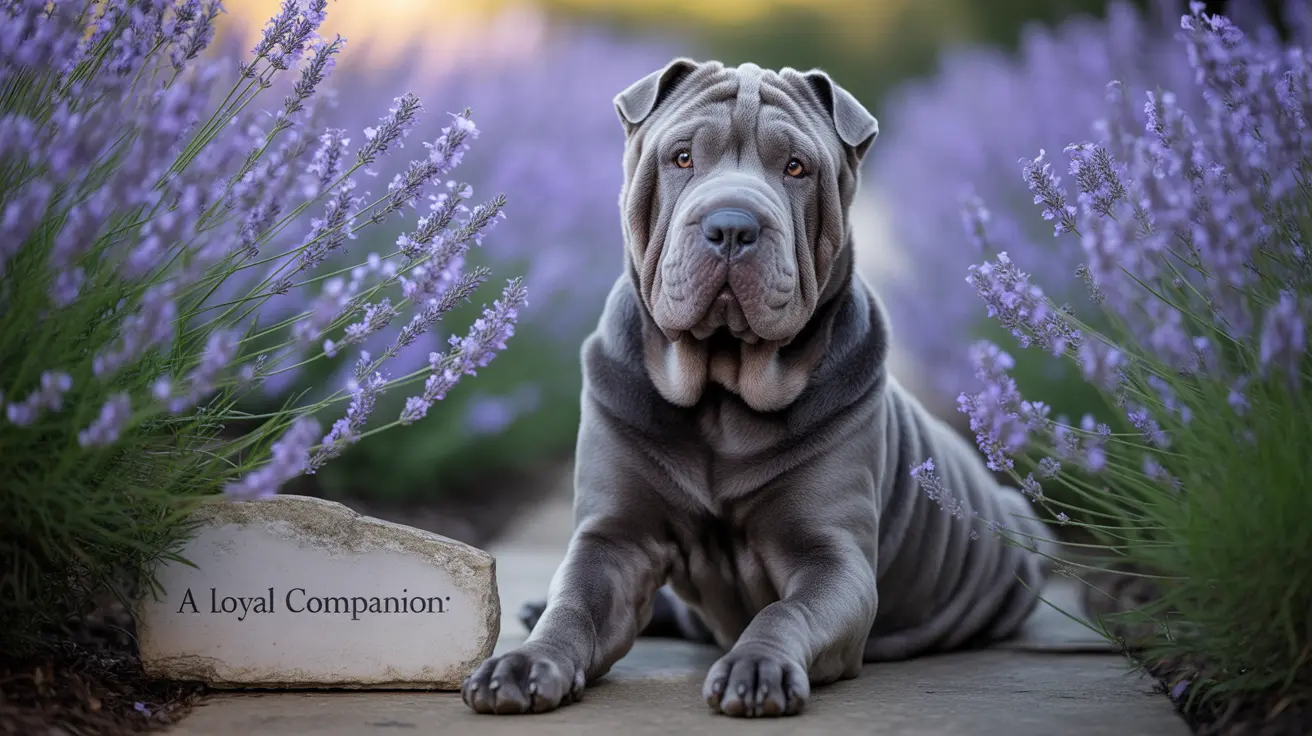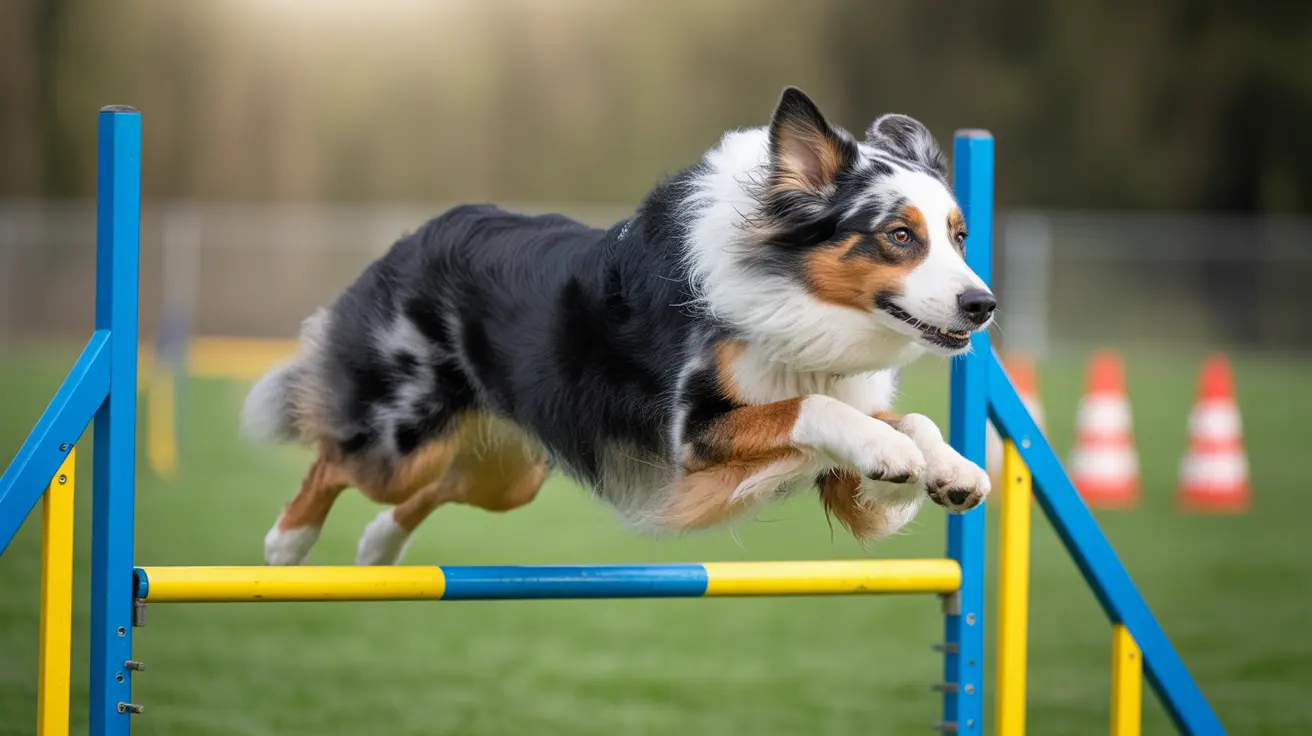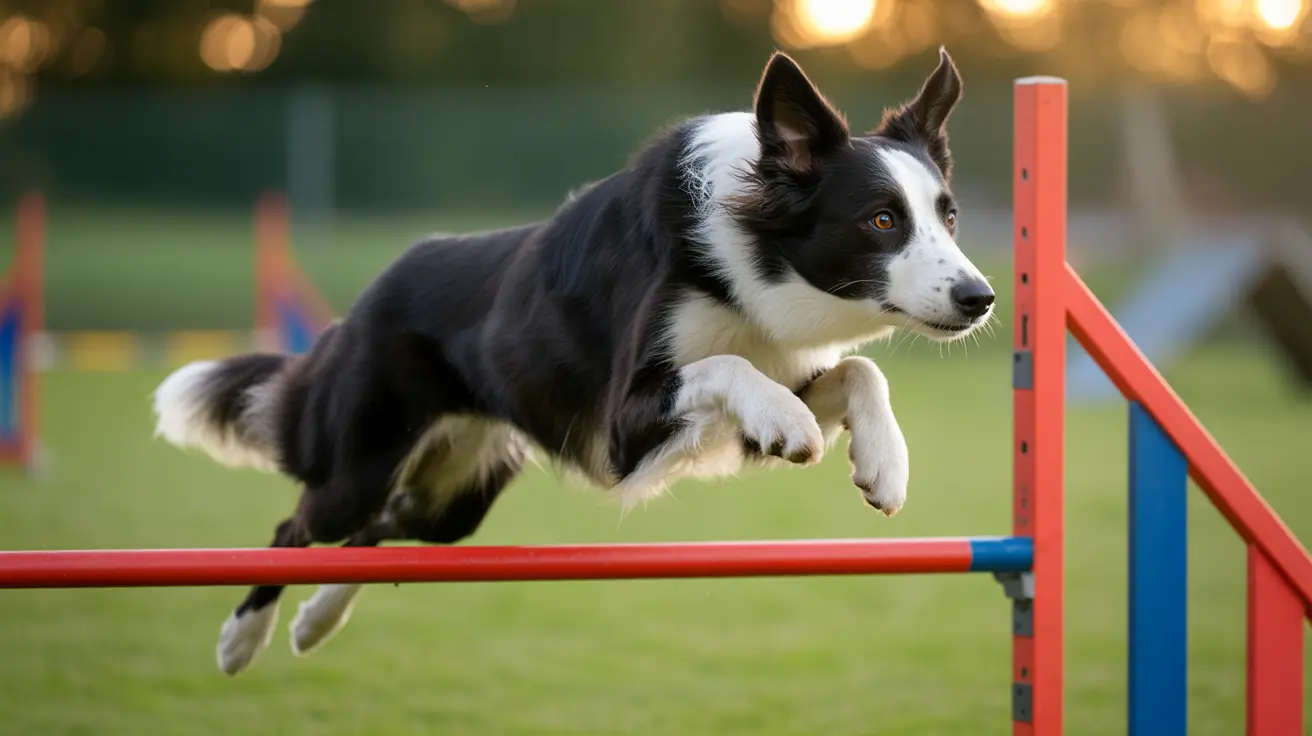The Chinese Shar Pei stands out among dog breeds not only for its distinctive wrinkles but also for its remarkable array of coat colors. From rich blacks to subtle cream dilutes, these ancient dogs showcase some of the most diverse and fascinating color variations in the canine world.
Whether you're a potential owner, breed enthusiast, or current Shar Pei parent, understanding the full spectrum of these colors can help you appreciate the unique genetics and beauty of this remarkable breed. Let's explore the complete palette of Shar Pei colors, from the most common to the rarest variations.
Standard Shar Pei Colors
The American Kennel Club (AKC) officially recognizes 17 distinct colors for the Shar Pei. These standard colors form the foundation of the breed's accepted appearance in show rings and breeding programs:
- Black
- Cream
- Fawn
- Red
- Apricot dilute
- Blue dilute
- Chocolate dilute
- Isabella dilute
Most Common Colors
Fawn and cream are the most frequently seen colors in Shar Peis. Fawn can range from light sandy tones to deeper, richer shades, while cream presents as a soft, warm off-white color. These colors often feature darker shading on the back and face, creating subtle but beautiful variations.
Rare and Exotic Variations
Some Shar Pei colors are particularly sought after due to their rarity and striking appearance. These include:
Blue and Lilac Dilutes
Blue dilute Shar Peis display a stunning grayish-blue coat that can appear almost silvery in certain lights. Lilac dilute, resulting from a combination of blue and chocolate genes, creates a unique lavender-tinted coat that's highly prized among enthusiasts.
Isabella and Chocolate Dilutes
The Isabella dilute is one of the rarest colors, presenting as a subtle pinkish-taupe shade. Chocolate dilutes show as lighter versions of the rich brown standard, creating a unique and attractive appearance.
Sable Patterns and Markings
Shar Peis can also display various sable patterns, where the hair shows different colors from root to tip. Common sable variations include:
- Black sable
- Cream sable
- Fawn sable
- Red sable
Genetic Factors and Inheritance
Shar Pei coat colors are determined by complex genetic interactions. Multiple gene loci, including agouti, extension, and dominant black, work together to produce the wide variety of colors seen in the breed. Understanding these genetics is crucial for breeders working to produce specific colors while maintaining health and breed standards.
Health Considerations and Color Selection
While coat color rarely affects a dog's health directly, some dilute colors may require extra attention to skin care due to the Shar Pei's naturally sensitive skin. When choosing a puppy, prioritize health and temperament over specific colors.
Frequently Asked Questions
What are the officially recognized Shar Pei coat colors by the AKC and other breed clubs?
The AKC recognizes 17 official colors, including black, cream, fawn, red, and various dilutes. Other organizations like the UKC may recognize additional colors and patterns.
How do genetic factors determine different Shar Pei coat colors like black, fawn, and sable?
Coat colors are determined by multiple genetic loci working together. For example, black color can occur through dominant or recessive inheritance patterns, while sable patterns result from specific gene combinations affecting hair shaft coloring.
Which Shar Pei coat colors are considered rare or exotic, and why are they more expensive?
Isabella dilute, blue, lilac, and chocolate dilute are considered rare colors. Their scarcity and the complex genetics required to produce them often result in higher prices for puppies with these coat colors.
Are all Shar Pei coat colors and patterns accepted in dog shows, and what disqualifies a dog's color?
Not all colors are accepted in show rings. Colors not listed in breed standards, such as pure white or merle, are considered faults or grounds for disqualification in shows.
Do certain Shar Pei coat colors have any links to health issues or special care requirements?
While coat color itself rarely affects health, dogs with dilute colors may require additional skin care attention. However, this is more related to the Shar Pei's general skin sensitivity than specific colors.
Understanding Shar Pei colors helps appreciate these unique dogs' diversity while making informed decisions about breeding and ownership. Whether you prefer classic fawn or rare dilutes, each color contributes to the breed's distinctive charm and appeal.






